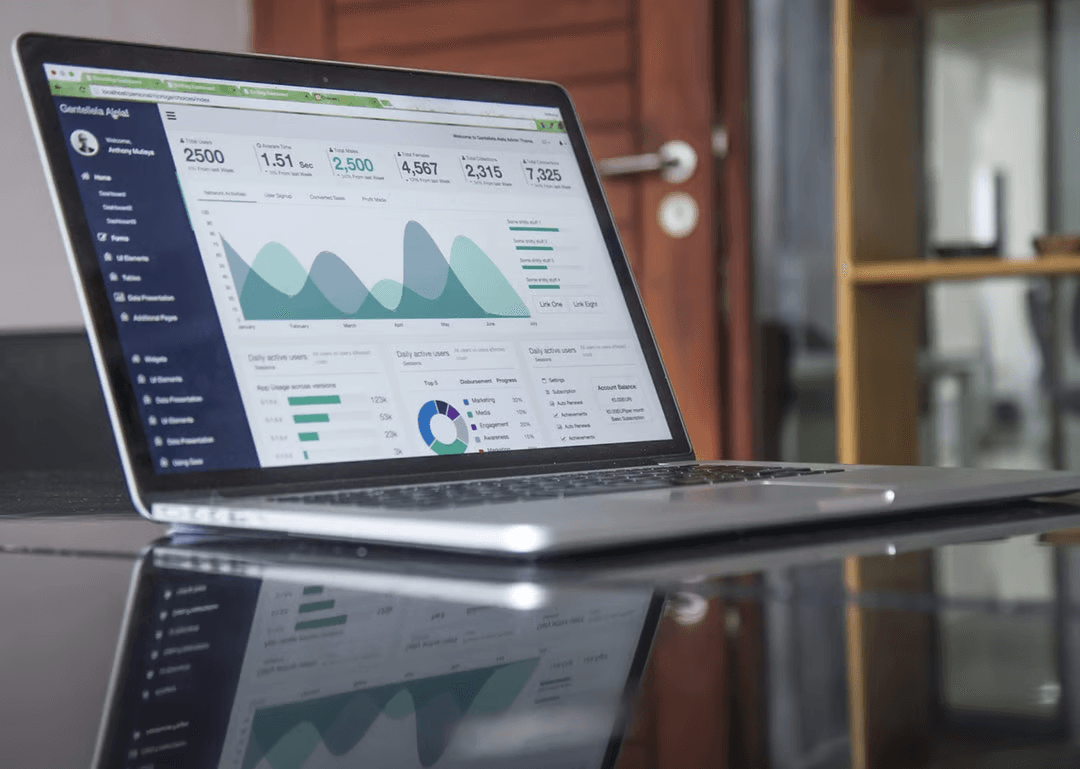
Water resource management is a crucial aspect of sustainable development and ensuring the availability of clean water for communities around the world. One key tool used in water resource management is rating curve software, which helps analyze and interpret data related to streamflow and water levels. In this article, we will explore the importance of rating curve software, how it works, and how it can benefit your water resource management efforts.
Understanding Rating Curves
Rating curves are mathematical relationships that show the relationship between water level and streamflow at a specific location. These curves are essential for monitoring and managing water resources, as they provide valuable information on the flow of water in rivers, streams, and other water bodies. Rating curve software takes this data and helps analyze and interpret it to make informed decisions about water resource management.
How Rating Curve Software Works
Rating curve software works by inputting data on water levels and streamflow collected from gauging stations along rivers and streams. The software then uses this data to calculate the relationship between water level and streamflow, creating a rating curve for that specific location. This curve can then be used to estimate streamflow based on water level data, which is crucial for understanding the flow of water in rivers and streams.
Benefits of Rating Curve Software
There are several benefits to using rating curve software in water resource management. Some of the key benefits include:
1. Accurate Data Analysis: Rating curve software helps analyze and interpret data on water levels and streamflow, providing accurate and reliable information for water resource management.
2. Improved Decision-Making: By using rating curve software, you can make informed decisions about water allocation, flood forecasting, and other important water management activities.
3. Efficient Monitoring: Rating curve software allows for the efficient monitoring of water levels and streamflow, helping identify trends and patterns in water flow over time.
4. Enhanced Water Quality: By using rating curve software to monitor water flow, you can ensure the quality of water resources and take action to protect them from pollution and contamination.
Tips for Using Rating Curve Software
When using rating curve software for water resource management, there are a few key tips to keep in mind:
1. Quality Data Collection: Ensure that the data collected on water levels and streamflow is accurate and reliable, as this will affect the accuracy of the rating curve generated by the software.
2. Regular Updates: Update the rating curve software regularly with new data to ensure that your analysis is based on the most up-to-date information available.
3. Collaboration: Work with other water resource management professionals to share data and insights on rating curves, helping to improve the overall management of water resources in your area.
4. Training: Provide training to staff members on how to use rating curve software effectively, ensuring that everyone involved in water resource management understands how to interpret and analyze the data generated by the software.
Conclusion
Rating curve software is a powerful tool for water resource management, providing valuable insights into the flow of water in rivers and streams. By understanding how rating curve software works and the benefits it offers, you can make more informed decisions about water allocation, flood forecasting, and other important water management activities. By following the tips outlined in this article, you can unlock the full potential of rating curve software and enhance your water resource management efforts.